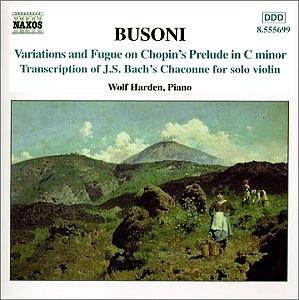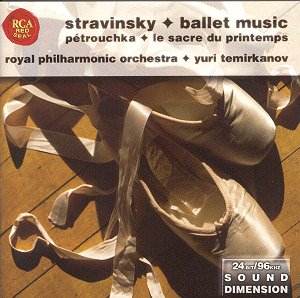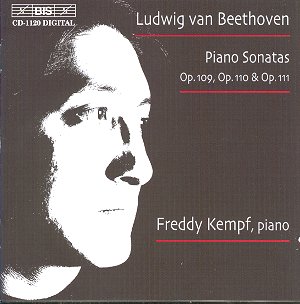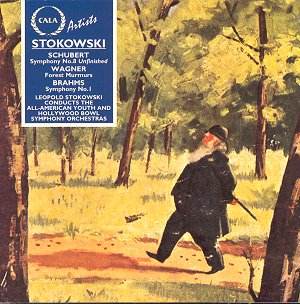 Composer: Ferruccio Busoni
Composer: Ferruccio Busoni
Works: Piano Music, Vol. 2: J. S. Bach (transcribed Busoni): Chaconne for solo violin, B24; Etude en forme de variations, op. 17; Variations on “Kommt ein Vogel geflogen”, K222; Theme and Variations in C, K. 6; Inno Variations, K16; Variations and Fugue on Chopin’s Prelude in C minor, op. 22
Performers: Wolf Harden (pianoforte)
Recording: 21-22.12.2000, St. Martin’s Church, East Woodhay, Hampshire (UK)
Label: NAXOS
Ferruccio Busoni remains a figure of fascinating contradiction within the pantheon of late-Romantic composers. His music, often characterized by an ambitious synthesis of diverse styles and an intricate interplay of technique and emotion, has yet to achieve the widespread acclaim of his contemporaries. This second volume of his piano music, featuring a selection of transcriptions and variations, offers a compelling view into his artistic mindset and technical prowess. Notably, while the “Bach-Busoni” transcription of the Chaconne stands as one of his most recognized works, the collection showcases Busoni’s early compositions, revealing both his youthful exuberance and his evolving compositional voice.
Wolf Harden’s interpretation throughout this recording is both thoughtful and nuanced. The transcription of Bach’s Chaconne begins with a certain restraint, perhaps reflective of an initial hesitance to deviate from Bach’s original intentions. This cautious approach, however, gives way to a more liberated expression as the piece progresses. Harden’s command of the dynamics allows for a rich palette of sonorities, which Busoni exploits to create a lush, romantic soundscape. The middle section, with its intricate counterpoint, benefits from Harden’s clarity, where each voice emerges distinctly, illuminating the structural complexity inherent in the music. While the opening may feel slightly bass-heavy, this acoustic impression dissipates as the disc unfolds, revealing a well-balanced sound that enhances the emotional depth of the performance.
Transitioning to the Etude en forme de variations, the opening phrases may initially seem unremarkable, but Harden deftly navigates through the piece’s harmonic developments. Here, Busoni’s harmonic language hints at an early form of the complexity that would define much of his later work, echoing Brahms’ more introspective moments yet tinged with a unique sensibility. The surprises that emerge in the latter half showcase both compositional ingenuity and the interpretive skill of the pianist, who brings forth a sense of unfolding poetic depth that resonates beyond the piece’s simple beginnings.
The Variations on “Kommt ein Vogel geflogen” display a playful humor that, while not fully realized in Harden’s interpretation, still offers glimpses of Busoni’s whimsicality. The subsequent C major and Inno Variations, composed in Busoni’s youth, reveal an early mastery of the piano, albeit with material that can feel somewhat banal. Harden, however, imbues these variations with a sense of earnestness, making a case for their inclusion in the broader narrative of Busoni’s development as a composer.
The Variations and Fugue on Chopin’s Prelude in C minor is a technical tour de force. Harden tackles the virtuosic demands with impressive precision, yet one might argue that the work’s elaborate embellishments sometimes overshadow the inherent beauty of Chopin’s original theme. As Busoni stretches the contours of the familiar melody, there are moments where the music meanders into the banal, notably in variations that evoke nursery rhymes. Nevertheless, stronger passages emerge, particularly where the echoes of Bach’s influence linger, showcasing a composer grappling with the balance between homage and innovation.
This recording offers a rich tapestry of Busoni’s lesser-known works, performed with conviction by Wolf Harden. The sound quality is commendable, capturing the nuances of the piano effectively, and the engineering allows listeners to appreciate the subtleties of the performance. While certain pieces may not solidify Busoni’s place in the standard repertoire, the disc serves as a valuable exploration of his artistic journey. Following this series may indeed yield insights into the complexities of a composer who, while controversial and often overlooked, undeniably demands attention through the depth and breadth of his work.



